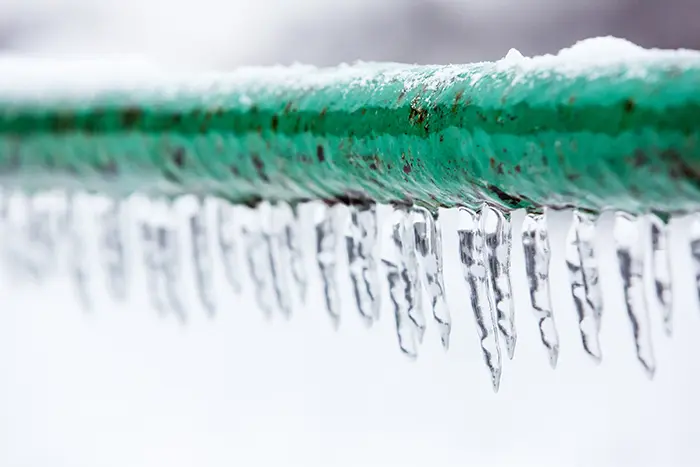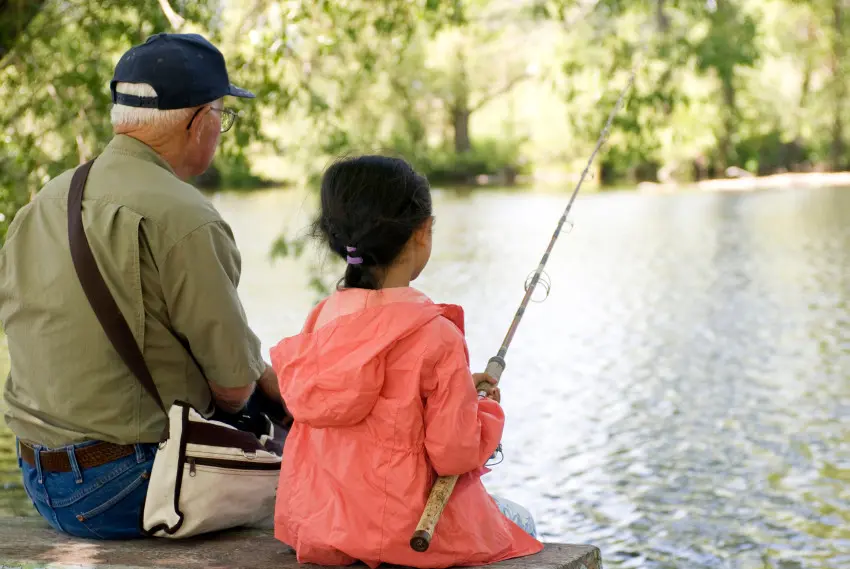
Tips To Protect Pipes From Freezing and Avoid Property Damage
Being a homeowner comes with many responsibilities that you don’t always think of until it’s too late. Getting ahead of potentially disastrous scenarios in your home is the best way to avoid a lot of headache and costly repair fees.
In winter months, it’s good to be aware of pipes that are vulnerable to freezing around your home and weatherproofing them. Since water expands as it freezes, a frozen pipe can cause serious damage if it breaks or bursts.
The Cost of Burst Pipe Repair
When it comes to fixing burst pipes, the cost can vary based on a few factors. Things like the length of the pipe that needs replacing, the type of pipe material, and where the burst happened all play a role. The more work and materials required, the higher the repair cost will be. Let's break it down into three tiers:
Minor Repairs ($200 - $500): This tier covers small fixes like patching a little leak or replacing a short section of pipe. These repairs are usually straightforward and don't cost too much in terms of materials and labor.
Moderate Repairs ($500 - $1,500): In this tier, we're looking at slightly bigger repairs, like replacing a longer section of damaged pipe or repairing multiple leaks. It takes a bit more time and materials, so the cost can be a bit higher.
Extensive Repairs ($1,500 - $5,000): Extensive repairs or even full-scale pipe replacements come into play when pipes are severely damaged or if there's a complex plumbing network involved. These repairs require significant labor and materials.
Knowing these tiers can give you an idea of what to expect in terms of costs for burst pipe repairs.
Average Cost of Burst Pipe Repair
Burst Pipe Costs
National average cost: $500
Average range: $200-$1,000
Low-end: $150
High-end: $2,000
7 Tips To Weatherproof Your Home And Reduce The Risk Of Freezing Pipes.
Identify Vulnerable Areas: Take an assessment of areas in your home that are most vulnerable to freezing. Pipes in areas such as crawl spaces and basements or running along exterior walls are most vulnerable to freezing.
Insulate Outdoor Pipes: Wrap outdoor pipes with insulation or newspaper. Drain in-ground sprinkler systems and remove, drain, and store any outdoor hoses.
Insulate Basements and Crawl Spaces: Properly insulate basements and crawl spaces so they won’t reach freezing temperatures. If you have a garage, keep the doors closed to protect any plumbing that is routed through it.
Keep Cabinet Doors Open: For kitchen and bathroom plumbing, leave the cabinet doors open to allow warm air to circulate in those spaces.
Maintain a Constant Temperature: Keep your thermostat set to a constant temperature throughout the day and night to save on your heating bill and to protect your interior pipes.
Know Where the Water Shutoff Valve Is: Locate your home’s primary water shutoff valve and be prepared to shut it off immediately if any pipes freeze or burst.
Let Faucets Drip: If temps fall below zero, leave water running at a trickle from faucets served by exposed pipes, which can help to prevent them from freezing.
What To Do If Your Pipes Freeze, But Do Not Burst:
If you find that your pipes have frozen but haven't burst yet, don't worry! Acting swiftly can help prevent further problems. Here are some friendly steps to take in thawing your pipes and reducing the risk of bursting:
Keep the Faucet On: Open the faucet connected to the frozen pipe. Letting water flow as you thaw the pipe will assist in melting the ice and easing the pressure.
Apply Heat: Grab a hairdryer, heat lamp, or portable heater to gently warm the frozen section of the pipe. Start from the faucet end and work your way towards the frozen spot. Do not use open flames or high-temperature heating devices.
Wrap with Towels: Grab some towels and soak them in warm water. Wrap them around the frozen pipe to speed up the thawing process. Don't forget to replace the towels as they cool down.
Apply Warm Compresses: If you have them handy, place warm compresses or hot water bottles directly on the frozen pipe. This cozy warmth will help melt the ice faster.
Turn Up the Heat: Crank up the temperature in your home to provide extra warmth. This will raise the overall temperature around the frozen pipe.
Monitor Thawing: Keep a close eye on the thawing progress. You may notice water starting to flow as the ice melts away. Once the water flows freely, the pipe should be thawed.
Check for Leaks: After the pipe has thawed, give it a careful check for any signs of leaks or cracks. If you spot any damage, it's crucial to address it promptly and shut off the water supply.
Avoid Using Appliances: in case a leak arises, avoid using appliances near the frozen pipe. You could be electrocuted if you use electric appliances near standing water.
Remember, if you feel unsure about dealing with frozen pipes or if things seem to worsen, don't hesitate to call a plumber. Taking quick action can minimize the risk of bursting pipes and potential water damage to your home.
Prevent Property Damage From Burst Pipes
Save yourself the headache of fixing damage from burst pipes by prepping your home for the winter. Chat with your local agent or read about our home insurance policies to learn more about how Farm Bureau Insurance of Tennessee can help you protect your home.
Tennessee Insurance: Read More

What is an Auto Deductible?
October 9, 2024
When it comes to auto insurance, understanding the terminology is crucial to making informed decisions about your coverage. One term that often comes up in discussions about car insurance is the “auto deductible.” Read more

What Is Business Insurance?
December 10, 2024
Whether you are a small business owner or a seasoned entrepreneur, having the right insurance coverage is crucial to protect your assets and mitigate various risks. In this article, we aim to provide you with an in-depth understanding of what business insurance is, its significance, and how it can contribute to your company's success. Read more

What's The Difference Between Term and Whole Life Insurance?
May 31, 2024
Life insurance is a crucial aspect of financial planning, offering peace of mind and financial security for your loved ones in the face of life's uncertainties. In this article, we'll explore the key differences between these two options. Read more
